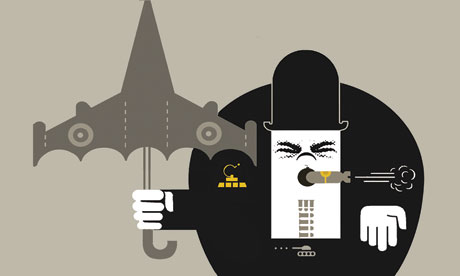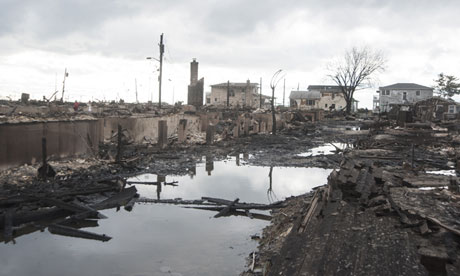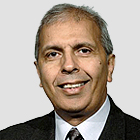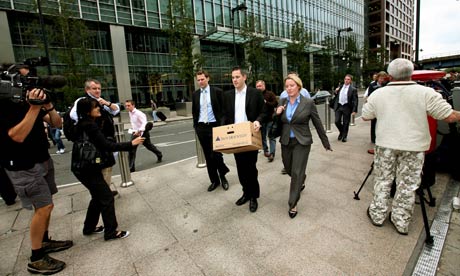All empires lose power. But their achievements - and their sins - long survive them. The judgement of history will not celebrate the gaining power, or even clinging on to it, but the manner in which power was exercised.
For Indian cricket, that is now the only question that matters. Everything else follows from that central debate. No one doubts that India is now cricket's preeminent power. Money will continue to pour in, sometimes faster, sometimes slower. Contracts will come and go. Alliances with other cricket boards will form and then dissolve. These things will matter a great deal in the short term, little over the long term.
Because the big picture is settled: India is the country everyone wants to tour; India has the IPL; India is the country with the biggest markets and revenues; India has the loudest voice and the deepest pockets. India cannot quite do whatever it pleases, but it has far more autonomy and power than any other nation.
But what will India do with all this power? That is the issue. What is its vision for the world game? Has it even thought about it? Or has the thrilling accumulation of power been all-consuming? Has it acknowledged the responsibilities that follow?
Recent evidence suggests not. Consider its attitude to the future of Test cricket. The BCCI talks a good game about safeguarding the most precious form of the sport, but has done very little about it. Indian cricket has long endured the fact that the showpiece events of the Test match calendar, such as the Boxing Day Test, have been scheduled to suit other cultures. But nothing is now stopping India organising a home Test schedule that will attract the most local attention and the biggest crowds. If India wants to make every home Test match a major event, how about creating a bespoke Test match calendar - the right venue on the right date - to coincide with the prospect of drawing decent crowds?
The BCCI has been perfectly happy to block out international cricket during the IPL window. How about blocking in some high-profile Test matches, organised around Indian holidays, with the same kind of precision and determination? Test cricket needs help. The BCCI can provide it.
India has long aspired to leadership of the world game. But it should aspire to provide not only new leadership but better leadership. It is often said that England ruled international cricket for too long and with too much introspection. The first three World Cups were all hosted by England. Why was London the seat of cricketing power? The simple answer, I suppose, is because it always had been.
That is why I have long argued that there are some very good reasons for the game's axis of power to move to India. India has vastly more cricket fans than the rest of the world added up together. Democracy, in a way, has trumped history.
But do many people doubt, that for all their conservatism, the grey-haired Englishmen who once ran cricket did so largely for the right reasons, in the right spirit, in the hope that they were acting as custodians of the game? Does the same apply to the moneymen who drive decisions today?
All sports have an uneasy relationship with money. And, of course, entrepreneurs and marketeers have their role in the development of sport. But sports are never only businesses, especially not cricket. The game is manifestly very different from the more market-driven American model. American sports always follow the same pattern: the matches nearly always happen in America, and this product is sold around the world. So while global markets may evolve, the identity and flavour of the sport remains essentially American.
Cricket is different. It is a world game that serves many different constituencies. The dictates of the market cannot be allowed to determine who survives or dies. If international cricket consisted of franchises competing in a free market, Pakistan - let alone Zimbabwe and Bangladesh - would have folded and gone bust long ago. But cricket needs its precious breadth and diversity. So it must nurture the weak as well as the strong.
| All sports have an uneasy relationship with money, but sports are never only businesses, especially not cricket | |||
World cricket is not just a business. It is an organic being. The well-being of the whole influences the health of every aspect. That is why the leadership of world cricket is more like the stewardship of a trust than a straightforward business. India has a wonderful opportunity to show how well it can serve and administer a precious world enterprise.
International sport has a huge role in shaping a nation's global reputation. India should think carefully about the signals it sends when the BCCI makes sudden demands on broadcasters. For many people around the world, cricket is the only prism through which they see India. First impressions count.
Just think of the kudos New Zealand gains through the achievements and culture of All Black rugby. A nation of three million people produces not only the best team but a sporting dynasty that is an example to the rest of the world. The All Blacks do not trifle with their traditions and responsibilities. Even without the equivalent power exercised by Indian cricket, New Zealand's rugby punches far above its weight - in terms of victories and reputation.
I write as someone who loves India and Indian cricket. The piece of advice that most changed my cricket career came from Rahul Dravid. "Go to India," he said, "bat there, but also just spend time there." I flew myself to India several times in my early 20s and did just that. My exposure to Indian cricket and culture ranks as one of the most formative and valuable experiences of my life.
That was one of the reasons, when my father became seriously ill seven years ago, that I took him to India in the weeks preceding his operation. I knew he would be inspired and revived by the experience. One day we walked around the well-preserved Fatehpur Sikri, the city built by Emperor Akbar in the 16th century. We stood in the courts of justice, we read about Akbar's policy of religious tolerance and his system of fairer taxation. We heard the story of Elizabeth I dispatching an envoy to express England's admiration.
Fatehpur Sikri was the seat of power for only 14 years. Its legacy? Elegance, tolerance and, briefly, an example to the rest of the world.
What will be the legacy of the BCCI's period as the most powerful court in world cricket? They should start thinking about that now. Power can fade as quickly as it arrives.





